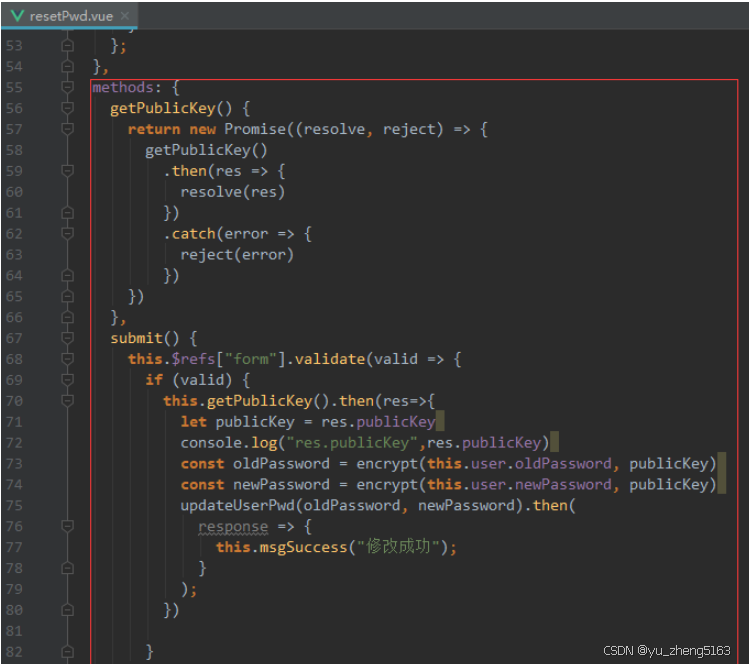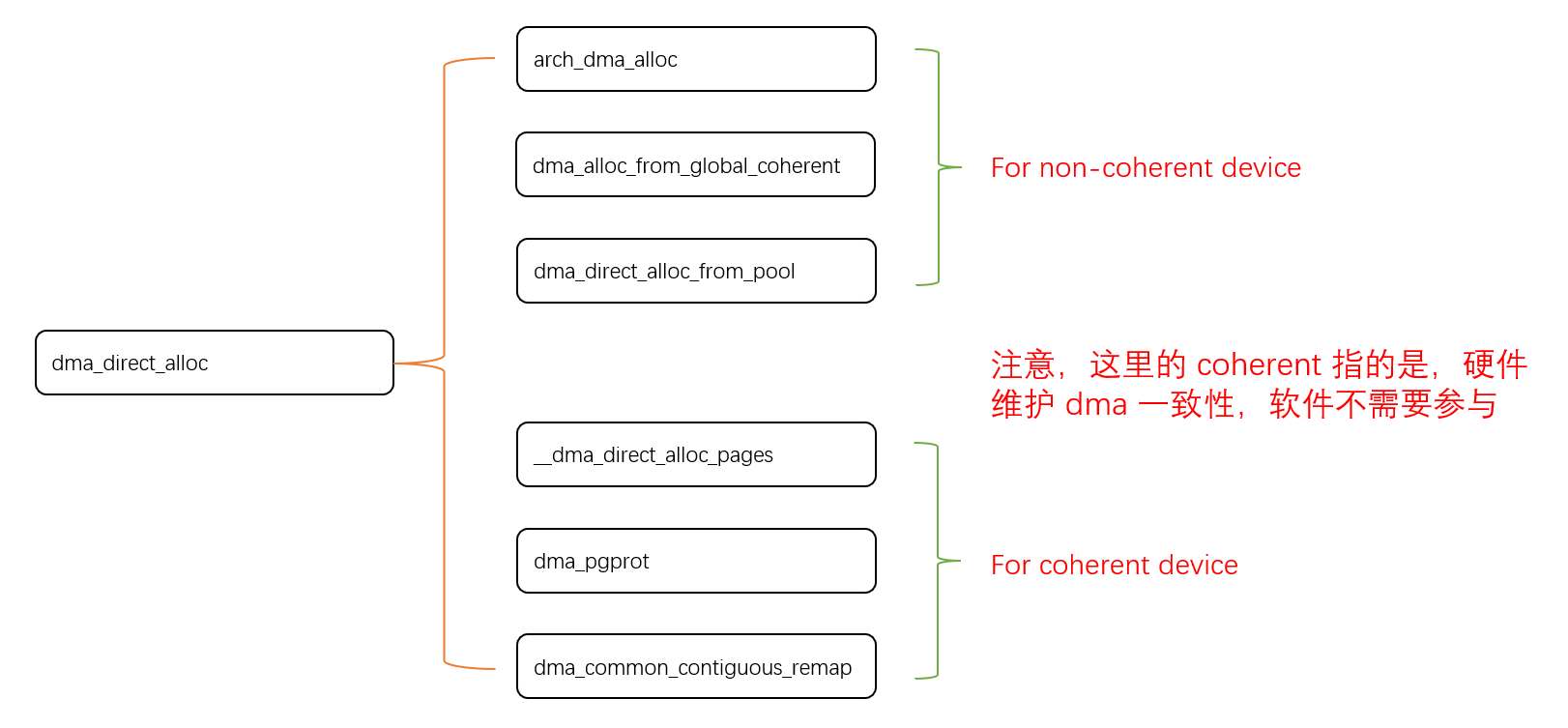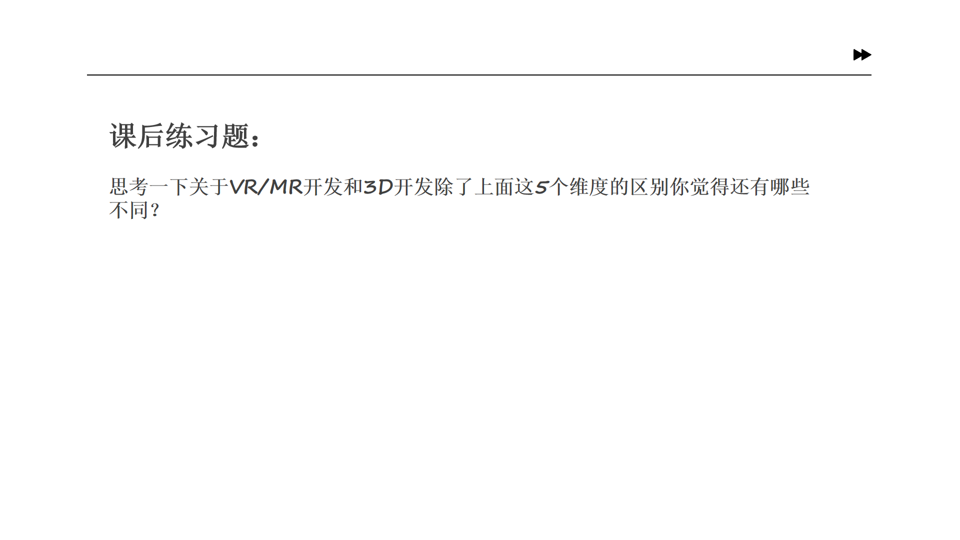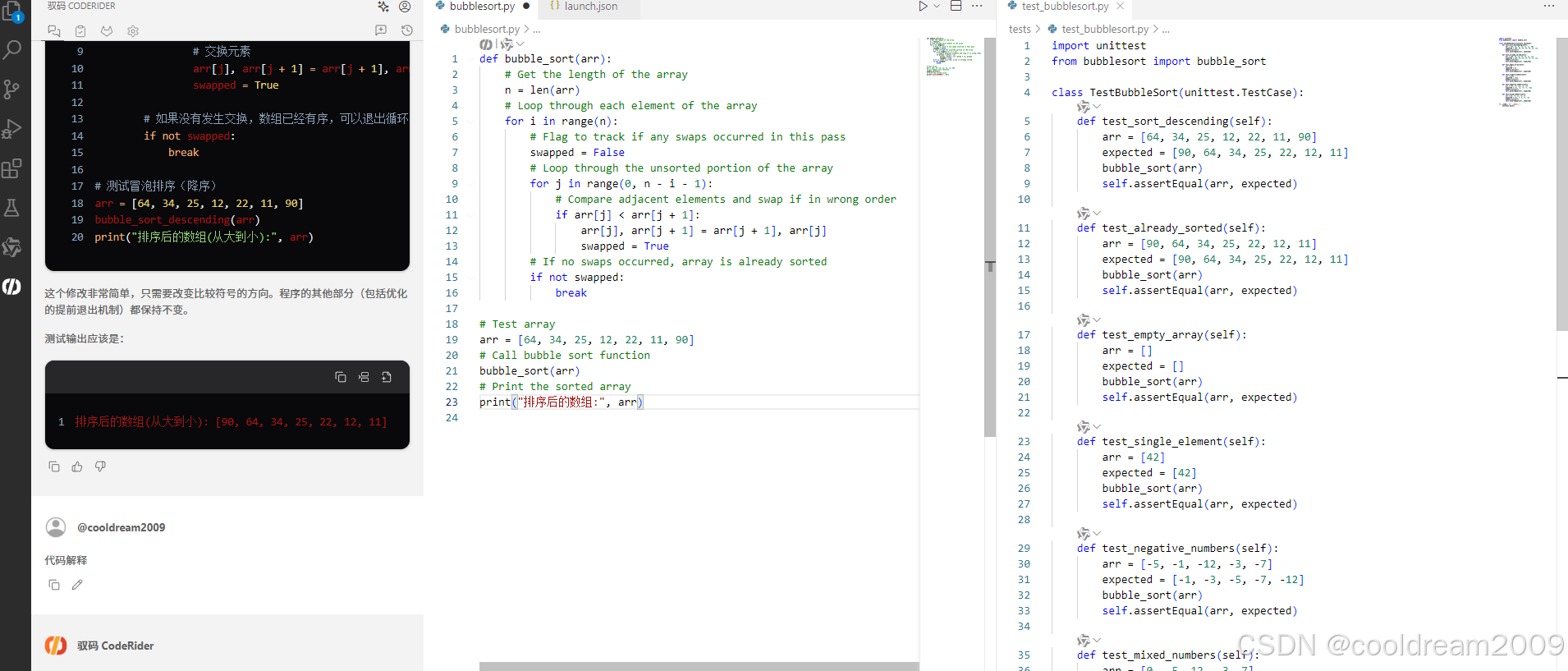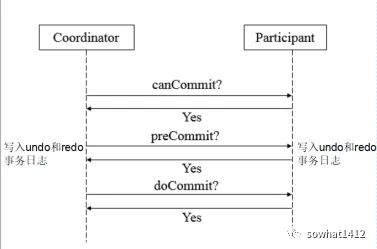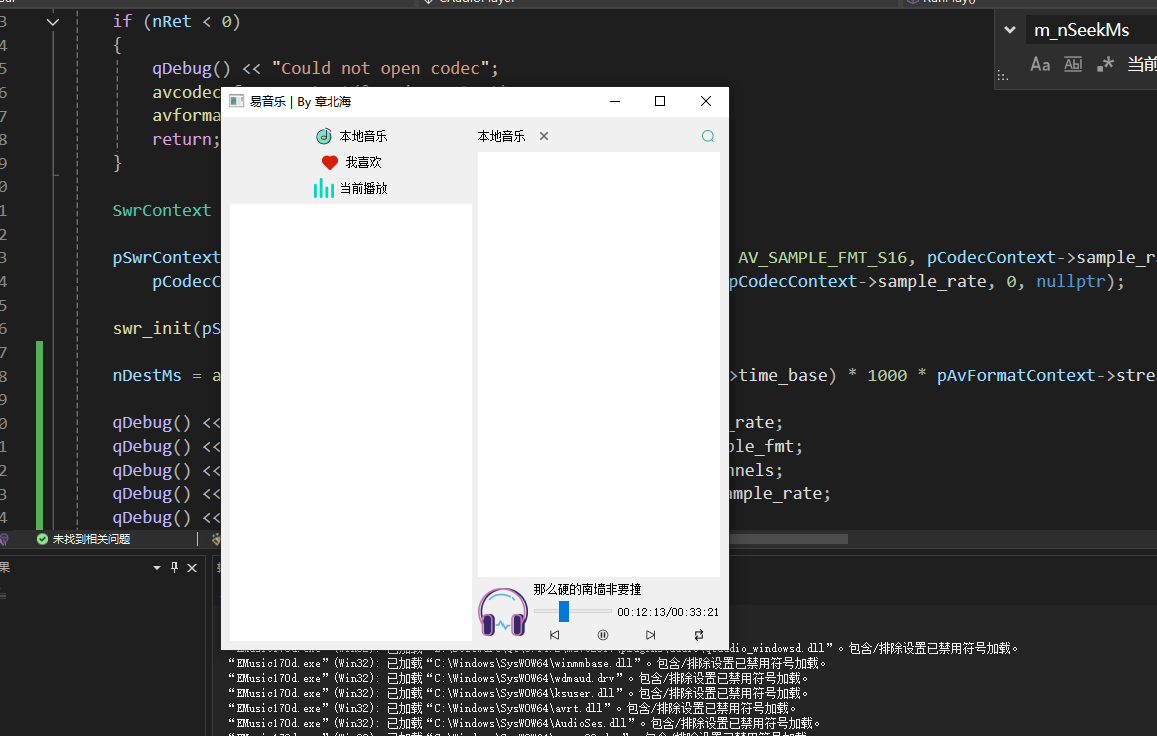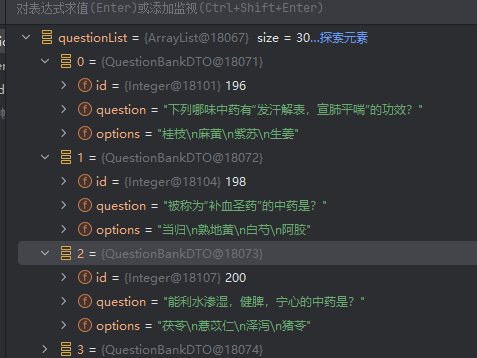本篇文章是对C++学习的哈希表部分的学习分享
相信一定会对你有所帮助~
那咱们废话不多说,直接开始吧!
一、基础概念
1. 哈希核心思想:
- 哈希函数的作用:通过此函数建立一个Key与存储位置之间的映射关系。
- 理想目标:实现O(1)时间复杂度的查找
2.直接定址法
本质:⽤关键字计算出⼀个绝对位置或者相对位置
适用场景:Key 范围集中(如 [0,99])
二、关键问题与解决方案
1.哈希冲突:
-
根本原因:不同 Key 映射到同一位置
-
负载因子(Load Factor):
α = N/M(N为已映射存储的值,M为哈希表的大小)-
α↑→ 冲突概率↑,空间利用率↑ -
α↓→ 冲突概率↓,空间利用率↓
-
2. 哈希函数设计原则:
-
目标:均匀分布、减少冲突
-
除法散列法 / 除留余数法(重点):
-
h(key) = key % M -
M的选择:避免2^n或10^n,因为 key%M 会仅保留 key 的最后 n 位(二进制或十进制),导致不同 key 可能映射到同一位置。例如:
-
M=16(2^4)时,63(00111111)和31(00011111)的后4位均为 1111,哈希值均为15。
M=100(10^2)时,112和12312的后两位均为12,哈希值相同。
-
理论上建议选择远离 2^n 的质数作为哈希表大小 M,以减少冲突。但实践中可灵活优化,如 Java 的
HashMap采用 2^16 作为 M,通过位运算((key ^ (key >> 16)) & (M-1))替代取模,既提升效率又让高位参与计算,分散哈希值。核心在于均匀分布,而非机械套用理论。 -
其他方法(了解):乘法散列法、全域散列法
3. 非整数Key的处理
有些数据类型无法直接用整形的哈希函数,比如string字符串类型,这时我们便可以尝试将字符串转证书(BKDR哈希思路)
size_t hash = 0;
for (char c : str) {
hash = hash * 131 + c; // 质数 131 减少冲突
}三、 冲突解决策略
1. 开放定址法
线性探测:
- 从发⽣冲突的位置开始,依次线性向后探测,直到寻找到下⼀个没有存储数据的位置为⽌,如果⾛ 到哈希表尾,则回绕到哈希表头的位置
- 冲突后公式:
hashi = (hash0 + i) % M - 缺点:易产生聚集(Clustering)
二次探测:
-
从发⽣冲突的位置开始,依次左右按⼆次⽅跳跃式探测,直到寻找到下⼀个没有存储数据的位置为 ⽌,如果往右⾛到哈希表尾,则回绕到哈希表头的位置;如果往左⾛到哈希表头,则回绕到哈希表 尾的位置
- 公式:
hashi = (hash0 ± i²) % M - 缓解聚集,但可能错过空位
删除优化:
-
状态标记(
EXIST/EMPTY/DELETE)
-
EXIST:当前槽位存储有效数据。 -
EMPTY:槽位从未使用过,查找时可终止探测。 -
DELETE:槽位数据已删除,但探测链不能中断(需继续向后查找)。
enum STATE
{
EMPTY,
DELETE,
EXIST
};扩容机制
1. 负载因子与扩容条件
-
负载因子(Load Factor):
α = 元素数量 / 哈希表大小 -
扩容阈值:当
α ≥ 0.7时扩容,以降低冲突概率。 -
扩容倍数:通常扩容为原大小的 2倍。
2. 质数大小的必要性
-
理论要求:哈希表大小
M应为质数,使key % M分布更均匀(减少聚集)。 -
问题:若初始
M是质数(如 7),2倍扩容后(14)不再是质数,可能引发更多冲突。
3.解决方案
-
SGI 版本的质数表:
预定义质数表:按近似2倍递增的质数序列扩容
//写出来的28个素数(每一个都差不多为前一个的两倍)
static const int __stl_num_primes = 28;
static const unsigned long __stl_prime_list[__stl_num_primes] =
{
53, 97, 193, 389, 769,
1543, 3079, 6151, 12289, 24593,
49157, 98317, 196613, 393241, 786433,
1572869, 3145739, 6291469, 12582917, 25165843,
50331653, 100663319, 201326611, 402653189, 805306457,
1610612741, 3221225473, 4294967291
};
//取素数的函数
inline unsigned long __stl_next_prime(unsigned long n)
{
const unsigned long* first = __stl_prime_list;
const unsigned long* last = __stl_prime_list + __stl_num_primes;
const unsigned long* pos = lower_bound(first, last, n);
return pos == last ? *(last - 1) : *pos;
}-
扩容步骤:
-
当前大小为
53(质数),负载因子 ≥0.7 时,从表中取下一个质数97(≈53×1.8)。 -
重新哈希所有元素到新表。
-
-
例子:在插入函数中,发现负载因子>=0.7后的操作:
-
bool Insert(const pair<K, V>& kv) { //Check(_tables); //如果负载因子 >=0.7 时就需要扩容了 if ((double)_n / (double)_tables.size() >= 0.7) { HashTable<K, V,Hash> newHT(__stl_next_prime(_tables.size()+1)); for (size_t i = 0; i < _tables.size(); i++) { if (_tables[i]._state == EXIST) { newHT.Insert(_tables[i]._kv); } } _tables.swap(newHT._tables); return true; }完整代码实现
-
#pragma once #include<iostream> #include<vector> using namespace std; //写出来的28个素数(每一个都差不多为前一个的两倍) static const int __stl_num_primes = 28; static const unsigned long __stl_prime_list[__stl_num_primes] = { 53, 97, 193, 389, 769, 1543, 3079, 6151, 12289, 24593, 49157, 98317, 196613, 393241, 786433, 1572869, 3145739, 6291469, 12582917, 25165843, 50331653, 100663319, 201326611, 402653189, 805306457, 1610612741, 3221225473, 4294967291 }; //取素数的函数 inline unsigned long __stl_next_prime(unsigned long n) { const unsigned long* first = __stl_prime_list; const unsigned long* last = __stl_prime_list + __stl_num_primes; const unsigned long* pos = lower_bound(first, last, n); return pos == last ? *(last - 1) : *pos; } enum STATE { EMPTY, DELETE, EXIST }; template<class K,class V> struct HashData { pair<K, V> _kv; STATE _state; }; template<class K> struct HashFunc { size_t operator()(const K& key) { return (size_t)key; } }; //因为用string类型的数值做key的情况十分常见,但是在unordered_map中却没有在另外写一个仿函数 //是因为直接将HashFunc 特化 了 template<> struct HashFunc<string> { size_t operator()(const string& s) { size_t hashi = 0; for (auto e : s) { hashi += e; } return hashi; } }; template<class K,class V,class Hash = HashFunc<K>> class HashTable { public: //构造函数 HashTable(size_t size = __stl_next_prime(0)) :_n(0) , _tables(size) {} //将一些非整形的数值强转成整形一次方便映射关系的计算 void Check(vector<HashData<K,V>>& table) { double fuzai = _n / table.size(); if (fuzai >= 0.7) { cout << "负载过大" << endl; } else { cout << "负载正常" << endl; } } bool Insert(const pair<K, V>& kv) { //Check(_tables); //如果负载因子 >=0.7 时就需要扩容了 if ((double)_n / (double)_tables.size() >= 0.7) { HashTable<K, V,Hash> newHT(__stl_next_prime(_tables.size()+1)); for (size_t i = 0; i < _tables.size(); i++) { if (_tables[i]._state == EXIST) { newHT.Insert(_tables[i]._kv); } } _tables.swap(newHT._tables); return true; } Hash hs; size_t hash0 = hs(kv.first) % _tables.size(); size_t hashi = hash0; size_t i = 1; //如果映射的位置已经被占用了 while (_tables[hashi]._state == EXIST) { hashi = (hashi + i) % _tables.size(); ++i; } _tables[hashi]._kv = kv; _tables[hashi]._state = EXIST; ++_n; return true; } HashData<K,V>* Find(const K& key) { Hash hs; size_t hash0 = hs(key) % _tables.size(); size_t hashi = hash0; size_t i = 1; while (_tables[hashi]._state != EMPTY) { if (_tables[hashi]._kv.first == key && _tables[hashi]._state != DELETE) { return &_tables[hashi]; } hashi = (hashi + i) % _tables.size(); ++i; } cout << " 找不到找不到 " ; return nullptr; } bool Erase(const K& key ) { HashData<K, V>* ret = Find(key); if (ret) { ret->_state = DELETE; cout << "成功删除!" << endl; return true; } else { cout << "删除失败奥" << endl; return false; } } private: vector<HashData<K, V>> _tables; size_t _n; }; -
2.链地址法
-
核心思想:冲突位置挂链表(桶)
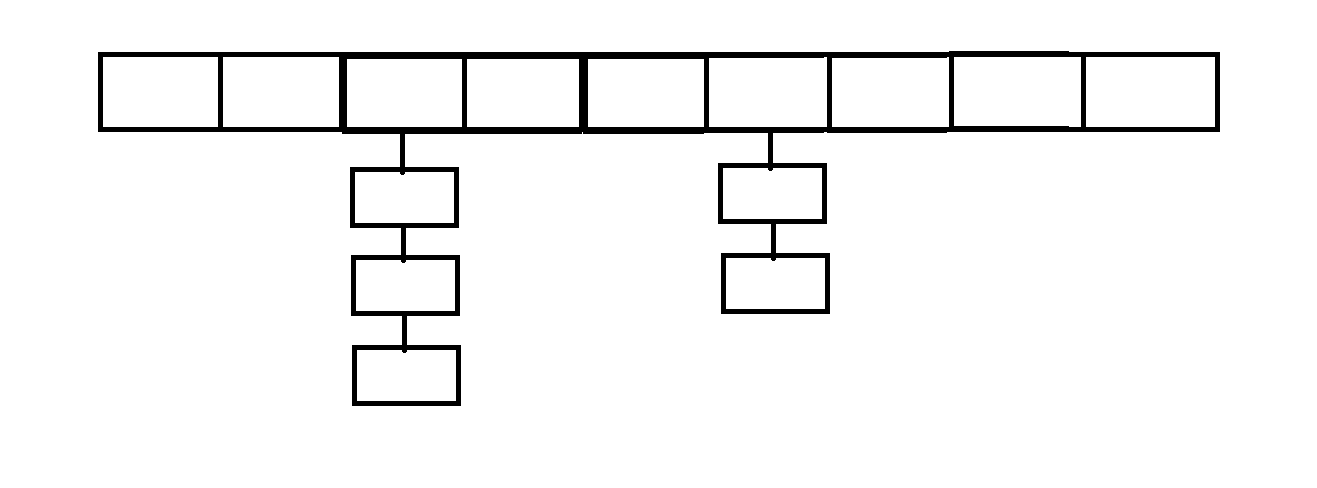
-
扩容时机:负载因子
α ≥ 1(STL 风格) -
极端场景优化:
-
链表过长 → 转红黑树(Java 8 HashMap 策略)
-
-
扩容技巧:
-
直接移动旧节点(避免重复创建):
-
// 旧节点重新映射到新表
cur->_next = newTable[hashi];
newTable[hashi] = cur;- 例子:在哈希桶版本的Insert函数中发现负载因子过大
-
bool Insert(const pair<K, V>& kv) { if (_n == _tables.size()) { vector<Node*> newTables(__stl_next_prime(0), nullptr); for (size_t i = 0; i < _tables.size(); i++) { Node* cur = _tables[i]; while (cur) { Node* next = cur->_next; size_t hashi = cur->_kv.first % newTables.size(); cur->_next = newTables[hashi]; newTables[hashi] = cur; cur = next; } _tables[i] = nullptr; } _tables.swap(newTables); } size_t hashi = kv.first % _tables.size(); Node* newnode = new Node(kv); newnode->_next = _table[hashi]; _tables[hashi] = newnode; ++_n; return true; }完整代码实现
-
template<class K, class V> struct HashNode { pair<K, V> _kv; HashNode* _next; HashNode(const pair<K,V>& key) :_kv(key) ,_next(nullptr) {} }; template<class K,class V> class HashTable { typedef HashNode<K, V> Node; public: HashTable(size_t size = __stl_next_prime(0)) :_tables(size,nullptr) {} ~HashTable() { for (size_t i = 0; i < _tables.size(); i++) { Node* cur = _tables[i]; while (cur) { Node* next = cur->_next; delete cur; cur = next; } _tables[i] = nullptr; } } bool Insert(const pair<K, V>& kv) { if (_n == _tables.size()) { vector<Node*> newTables(__stl_next_prime(0), nullptr); for (size_t i = 0; i < _tables.size(); i++) { Node* cur = _tables[i]; while (cur) { Node* next = cur->_next; size_t hashi = cur->_kv.first % newTables.size(); cur->_next = newTables[hashi]; newTables[hashi] = cur; cur = next; } _tables[i] = nullptr; } _tables.swap(newTables); } size_t hashi = kv.first % _tables.size(); Node* newnode = new Node(kv); newnode->_next = _table[hashi]; _tables[hashi] = newnode; ++_n; return true; } Node* Find(const K& key) { size_t hashi = key % _tables.size(); Node* cur = _tables[hashi]; while (cur) { if (cur->_kv.first == key) { return cur; } cur = cur->_next; } return nullptr; } bool Erase(const K& key) { size_t hashi = key % _tables.size(); Node* prev = nullptr; Node* cur = _tables[hashi]; while (cur) { if (cur->_kv.first == key) { if (prev == nullptr) { cur->_next = _tables[hashi]; } else { prev->_next = cur->_next; } delete cur; return true; } prev = cur; cur = cur->_next; } return false; } private: vector<Node*> _tables; size_t _n = 0; };
那么本次关于哈希表的知识分享就此结束了~
非常感谢你能够看到这里~
如果感觉对你有些许的帮助也请给我三连 这会给予我莫大的鼓舞!
之后依旧会继续更新C++学习分享
那么就让我们
下次再见~
